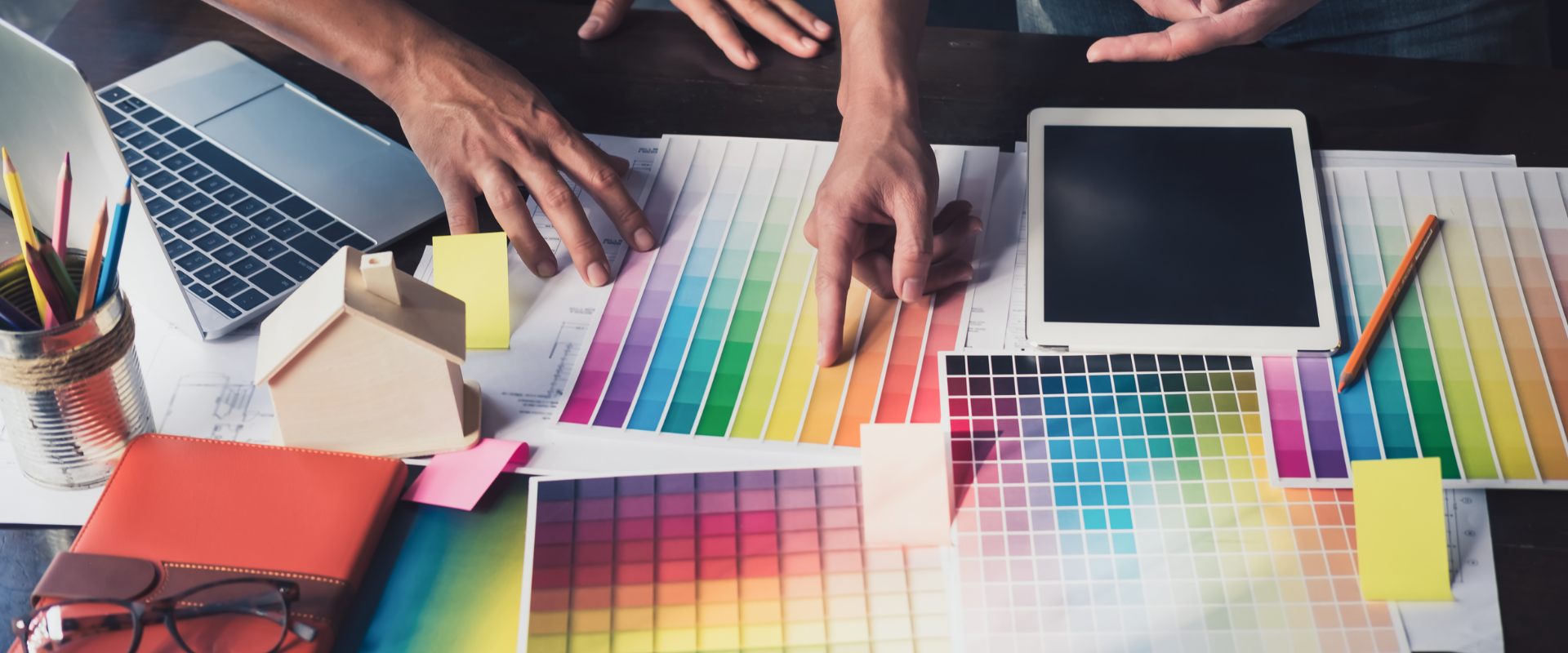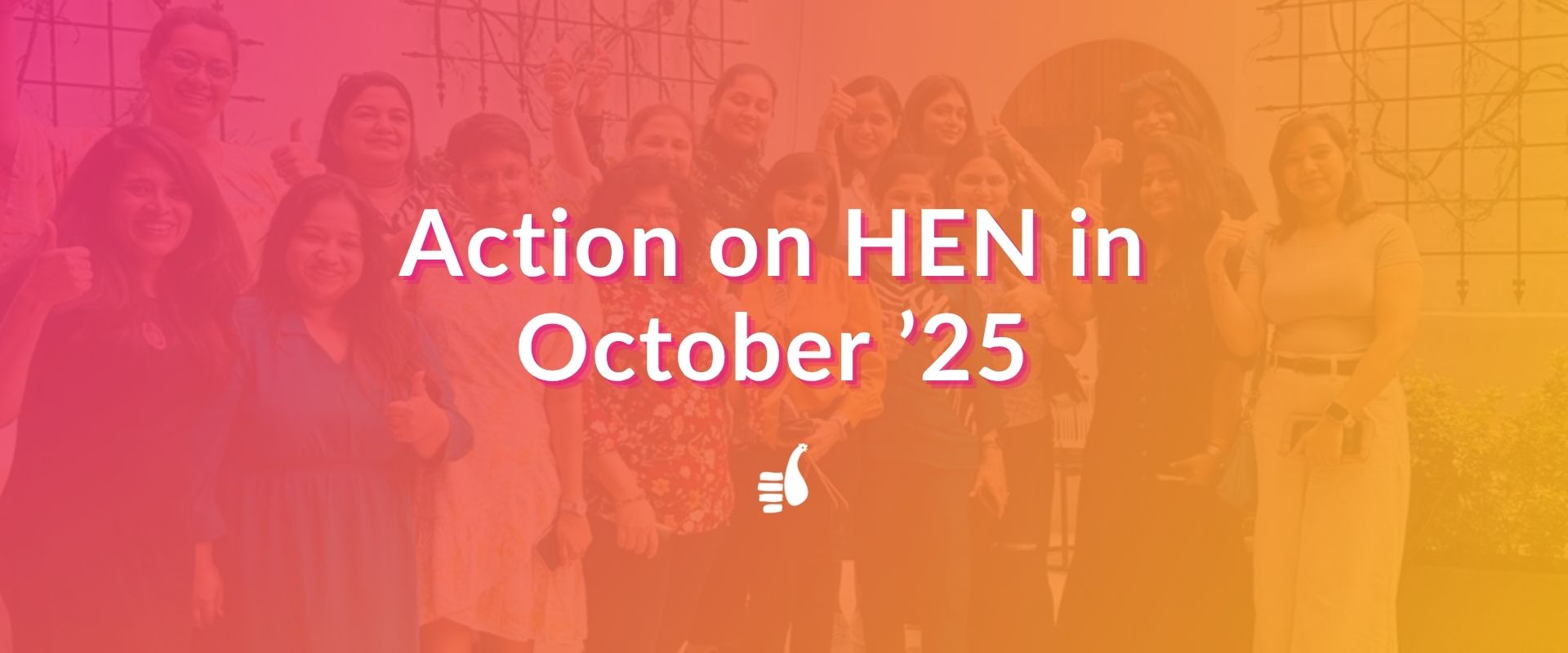According to a study by LogoMaker, logos can increase brand recognition by 80%.
So, what do you think is the overview Jill gave to have the logo as per her expectations?

1. Define Your Design Goals: From Brand Awareness to Increased Sales
Write down your objective.
For example – establish if you want your post to inform about your products to people or whether you are just creating an informative post.
2. Tell Your Brand Story: Unveil Your Vision and Mission
3. Design Purpose: Print, Digital, or Both? Know Your Needs
When you want to print a big hoarding, you need a specific file format to maintain artwork quality.
Now when this information is not shared you will end up receiving a compromised result print. Now I don’t need to tell you that how an ill-printed or posted artwork would look.
4. Share Your Inhibitions: Avoid Design Roadblocks
You might be surprised by this but I keep getting instructions like do not use black, do not use downward arrow, do not use my picture, and so on. So, if you are sure of not using something as an element or background make sure you convey this information in advance.
Tell your graphic designer what NOT to use for a smoother, faster project
5. Finding Inspiration: Share References That Align With Your Vision
Many times people feel if we share our thoughts, we will get biased creatives but that’s not the case. You sharing your inspiration just gives designers direction.
No one knows what you want for your brand better than yourself.
6. The Power of Color in Design: Psychology and Brand Identity

Most of the time your designer will suggest relevant colors to you. But do share your exact logo color code with a designer to avoid technical errors in replicating color.
Colors represent moods.
7. Choosing Fonts: Let Your Designer Guide You (But Share Preferences)
To be honest with you, let your designer be the decision maker here.
The designer has broader knowledge and resources when it comes to typeface.
A client once sent me a sample brochure from his database which had used cursive fonts for a health expert brochure. When you want something to be taken seriously, cursive fonts are not advised.
8. Design Options and Revisions: Understanding Your Contract
Make sure you are clear on how many options you will receive.
Your designer will give you options to choose from. Some designers keep a cap on the number of edits too.
Read your contract carefully for these points.
Myself and most designers put these as terms to avoid exploitation of our resources. But most of the time when we work with clients, we always provide more than committed.
Understand your design options upfront to ensure a smooth workflow and avoid surprises
9. Set Realistic Deadlines for Optimal Creativity
For some reason, there are major assumptions made in terms of timeline.
Client assumes they will get creatives in a day and because there is no mention of time designers think it is not urgent.
So, make sure you mention your deadlines. Being practical while mentioning your deadline as haste means the designer hasn’t got the liberty to show you his optimum creativity.
Set realistic deadlines to ensure top-notch creativity from your designer
10. Discuss Budget Upfront: Avoid Confusion and Ensure Quality
There is the trend of oral contracts which creates major confusion.
Most important and least discussed. Make sure you ask your designer for every detail.
For example – If you are giving a visiting card for designing let him know you need designing for both sides or 1. In case you need more edits, will there be any extra charges? Also, re-read the payment terms how much you need to pay, and when.
Eliminate project ambiguity by establishing clear communication and a formal contract regarding finances upfront
11. Finalize Your Design: Ensure Perfection Across All Formats
I tell all my clients and I am suggesting you all too. If it’s a logo make sure you take print in both small and big sizes.
Preview your design in all formats for a perfect final logo that shines everywhere. Confirm every detail before giving your final nod
12. Get the Files You Need: Master Your Design Assets
For recurring use of artwork take master file.
Now when everything is ready, you need to receive your artwork in the right format as well. That is Coreldraw, photoshop, illustrator, or whatever software it is created in. Also, take color codes and font names if needed.
Many times fonts are missing from the computers you access your file on.
So, if you are insisting on not converting your fonts and want to edit information every time(This happens when labels are created). You need to make sure you have all the typeface details needed.
Secure your design for future edits by getting the master file and font details
Related Post
Maximize Your Design Impact And Get the Most Out of Your Graphic Designer Budget

Follow the above tips to maximize the value you get from working with a graphic designer
The key is clear communication. By providing a detailed brief that includes your goals, brand story, intended use of the design, and any specific preferences or limitations, you’ll guide the designer in the right direction.
You also learnt the importance of setting realistic deadlines, discussing budget upfront, and understanding file formats to ensure a smooth workflow and a successful final product.
So go ahead and get your logo, brochure, visiting card, posts, and reels as per your expectations. Get the graphic design you desire without breaking the bank
Unlock the full potential of your design project! With these handy pointers, you'll turn your collaboration with graphic designers into a smooth and productive experience. Get ready to witness stunning visuals come to life that perfectly embody your brand identity and achieve measurable results.
I keep uploading reels that help you as an aid to make creatives on your own.
- Want more design tips? Follow me on Instagram @atdigimark5!
- Need more help with your designs? Get in touch @ 865741746
- For consultations and design services email me at [email protected]
- For project inquiries, connect with me on LinkedIn











